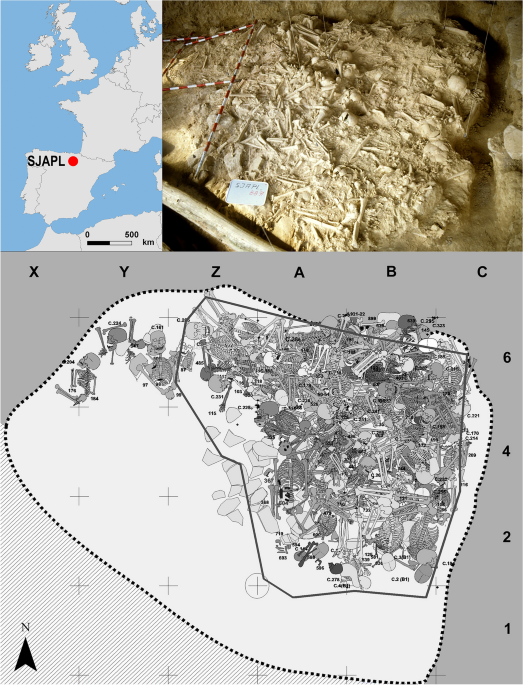celtiberian-II
Regular Member
- Messages
- 63
- Reaction score
- 24
- Points
- 8
- Location
- Seville
- Ethnic group
- 100% NW Castilian
- Y-DNA haplogroup
- J-L26
- mtDNA haplogroup
- H
Abstract:
How did interpersonal violence develop in early human societies? Given that homicide records are only available for the more recent period, much of human history remains outside our purview. In this paper, we study violence trends in the very long run by exploiting a new dataset on cranial trauma and weapon-related wounds from skeletons excavated across the Middle East, spanning the pre-Classical period (around 12,000–400 BCE). The dataset includes more than 3,500 individuals. We find evidence that interpersonal violence peaked during the Chalcolithic period (around 4,500–3,300 BCE). It then steadily declined during the Early and Middle Bronze Ages (around 3,300–1,500 BCE) and increased again between the Late Bronze and the Iron Age (1,500–400 BCE). By documenting variations in violence patterns across a vast temporal and geographical scale in an incredibly rich historical setting, we broaden perspectives on the early history of human conflict.
Last edited:


